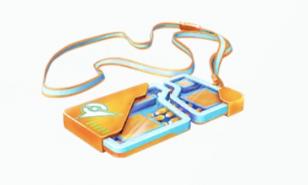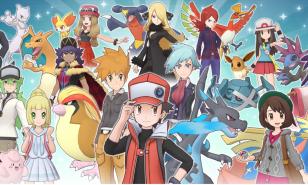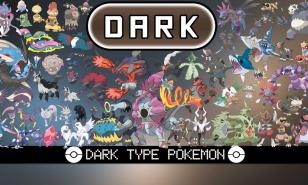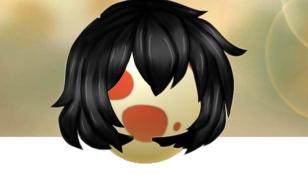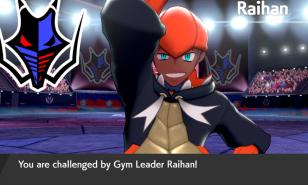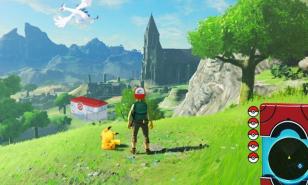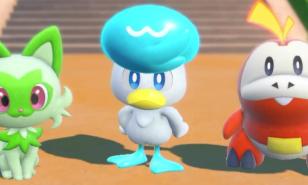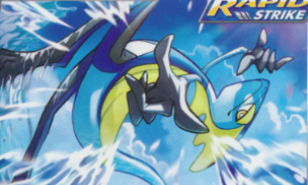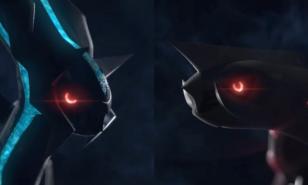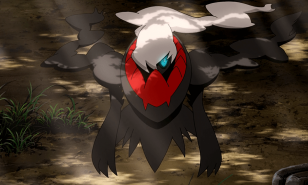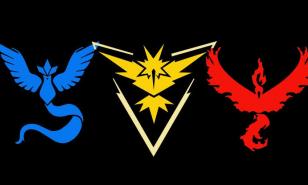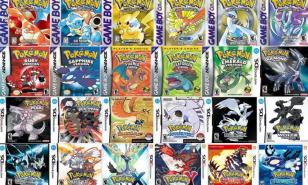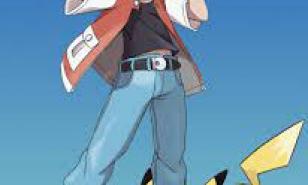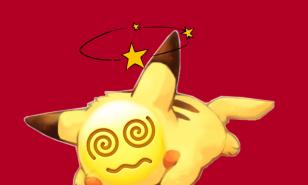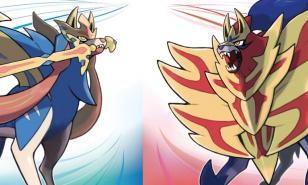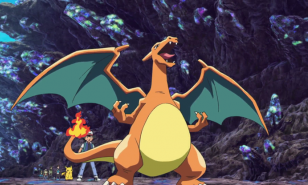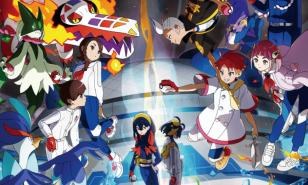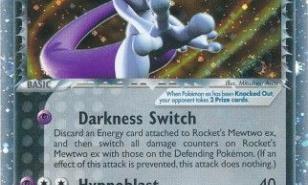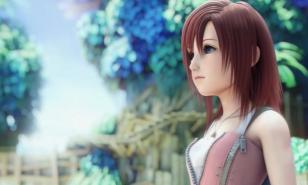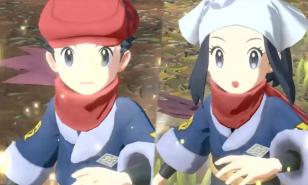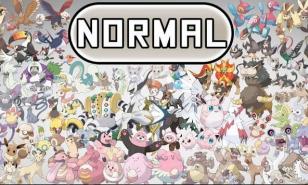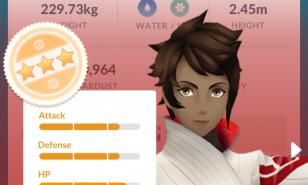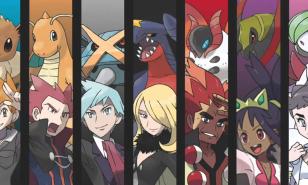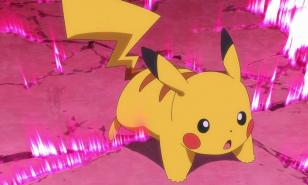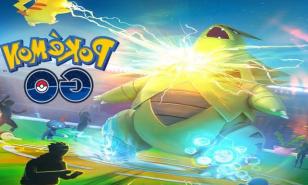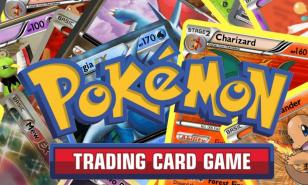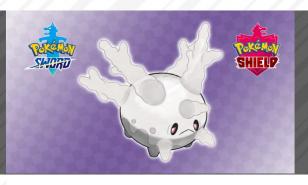15 One-Off Pokemon Gimmicks (Ranked)
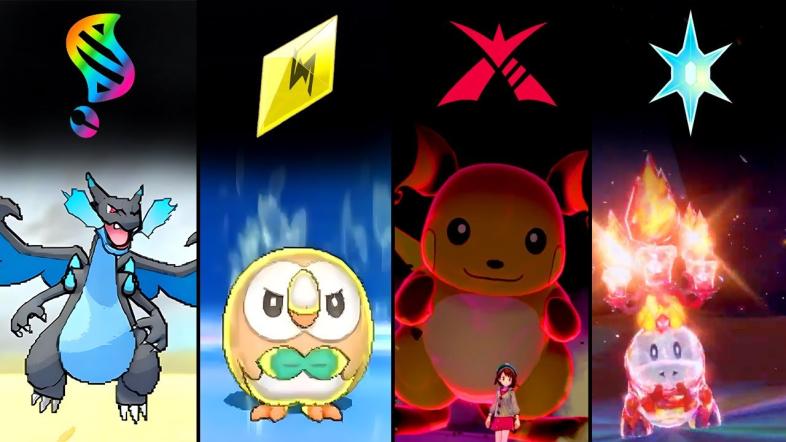
With nine generations of Pokemon and over thirty games, Game Freak has always implemented new mechanics and game features to help keep each generation feeling unique. Some of these gimmicks were so well-received that they reappeared throughout the series. Others were never seen again. From worst to best, here are fifteen of Pokemon’s one-off gimmicks.
15) Secret Bases
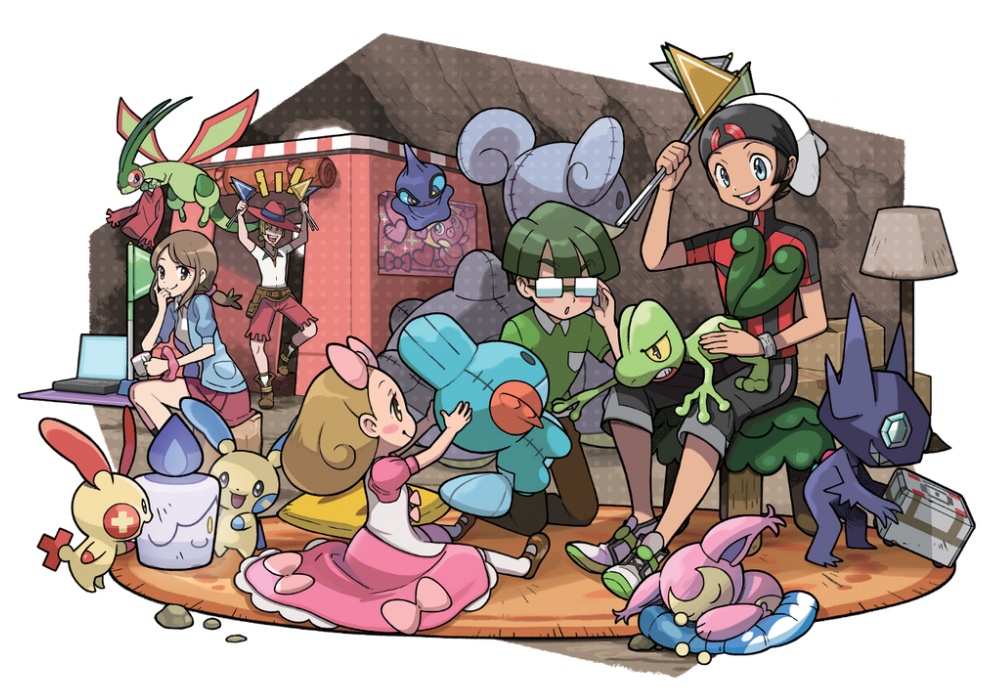
Introduced in generation three, secret bases were an odd gimmick. On their journey, trainers could find specific areas that would reveal a hidden room. There were a number of set locations where a player could set up their base, like trees, bushes, and caves. A player could claim this hidden room and decorate it with furniture and toys.
What makes this mechanic so low on the list is how difficult it is to use in any meaningful way. Players would need to have access to a link cable and other trainers with their own secret bases. Then, after beating the Elite Four, players could visit the secret bases of other trainers and battle NPCs that were created based on the other player’s team at the time of linking. In a time without online play, Game Freak did their best to give Pokemon a multiplayer aspect. It can be challenging enough to find other players and a link cable, but it is even more difficult considering the player needs to beat the game to have any meaningful use for secret bases. Secret Bases were a difficult concept to grasp at a time where most players had limited access to information about how these mechanics worked.
14) Triple Battles

In generation five, Triple Battles were one of two battle types introduced. Triple battles are a logical follow-up to the widely successful double battles. Double battles, where each trainer has two Pokemon on the field, were so well-received that they became a regular occurrence in Pokemon games and even became the basis for competitive Pokemon. Unfortunately, Triple battles took that a bit too far.
Triple Battles involve each trainer having three Pokemon on the field. Having six Pokemon on the field at the same time opened up the possibilities too widely for many players. Most Pokemon moves are single targets, and with these moves, Pokemon could only target adjacent enemies. But there were also moves with wider effects. Some moves were capable of hitting two enemies, while others were capable of hitting all three. There were also moves that, if used, would target Pokemon on the user’s own team.
Already, this leads to a lot of arbitrary knowledge about which moves will target which Pokemon. But in addition, there was a mechanic where a player could swap Pokemon’s locations with an ally. This is a technical advantage, as experienced players could use it to avoid attacks or target more opponents. But realistically, this just complicates the battles even further. A single round of a triple battle requires the player to keep track of six Pokemon and six moves. It did not help that they weren’t given much limelight in their games, so most players didn’t have practice learning the mechanics. With such a complicated battle process, it’s no wonder that these battles didn’t last long.
13) Rotation Battles

Rotation Battles were considered a companion to Triple Battles. Both were introduced in generation five, and both only lasted for two generations. While Rotation Battles were also on the complicated side, they were definitely easier than Triples.
Like Triple Battles, Rotation Battles put three Pokemon on each side of the field. The main difference, however, is that only one Pokemon on each team is actually engaged in combat. There is one main feature of rotation battles: the ability to swap in the Pokemon engaged in the battle. A player can choose to attack normally with their lead Pokemon or switch in one of the other two and attack on the same turn. This enables players to quickly change Pokemon to defend against a resisted attack and counterattack in the same turn. The difficulty lies in the fact that the opponent can also quickly switch in.
Players no longer need to worry about the range of effect for Pokemon moves, which makes these battles much simpler than Triple Battles. But these battles can become frustrating. There are a lot more mind games in this than in the average battle. Constant switching can result in repeatedly ineffective attacks. If both players repeatedly switch, then little progress is made in the fight overall. Also, any stat changes are kept upon switching, which differs from normal battles. This means any negative stat changes will most likely not be removed. While these battles were easier to understand than Triple Battles, they carried their own brand of frustration that prevented them from having a long-term impact on the series.
12) The Underground
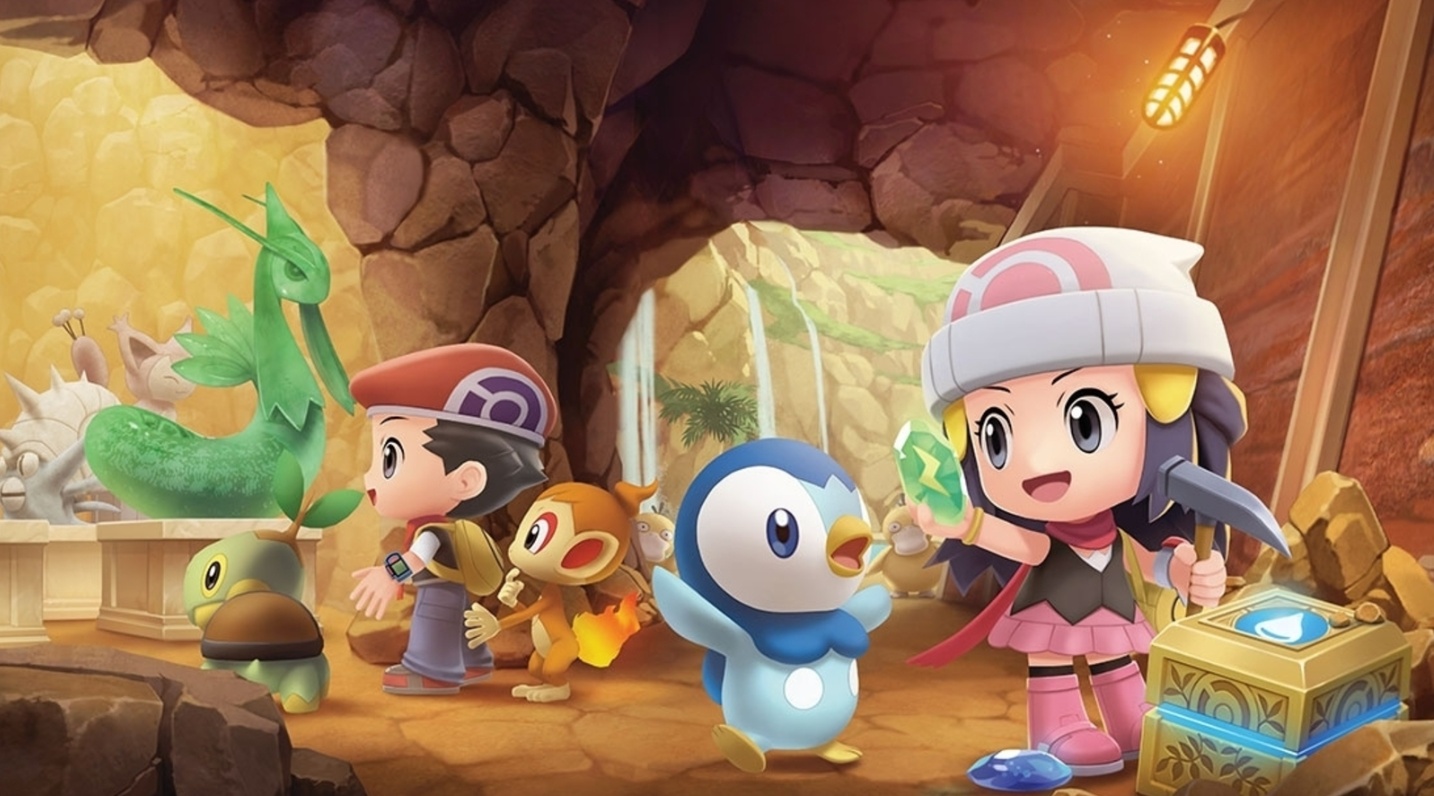
In generation 4, and remade again in generation 8, there are vast mazes of tunnels beneath the surface of the Sinnoh Region. This Underground was made for a few specific functions, and players could only access it by opening up Wireless Communications. This allowed players who were nearby and also in the Underground to interact.
The Underground has its own specific currency, which cannot be exchanged for regular Pokemon currency. Through the Underground, players could set up their secret bases and set traps for other players. Another mechanic was the ability to mine for items. In a Minesweeper-like minigame, players would slowly excavate items while avoiding making the stone collapse. Players would find items like fossils for Pokemon, evolution items, or shards.
While the Underground is easier to play multiplayer than Secret Bases was, it is not by much. Trainers must be physically close to each other and everyone must be in the Underground in order to play with others. Additionally, the mining mechanic was useful to find items, but challenging to master. The Underground wasn’t terrible, but it could’ve been more convenient to use.
11) Horde Encounters
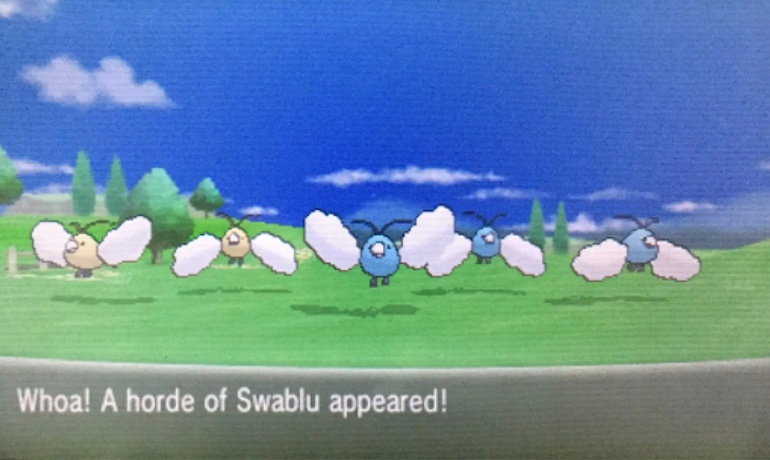
Horde Encounters were introduced in the sixth generation. This form of battle had the player send out a single Pokemon to fight five lower-leveled opponent Pokemon. These were mostly limited to wild battles, but there were a couple battles in the style against trainers. Similar to Double or Triple battles, there are moves that target all opponents and moves that only target a single one.
Horde Encounters were an interesting concept, but in execution, they could become tedious. The five opponent Pokemon were always substantially lower-leveled than most enemies in the area, meaning that trainers weren’t likely to lose these fights. However, it did create a situation where a player would take their turn, then have to wait five turns for their opponents to finish. This left a lot of trainers simply waiting for it to be their turn again. Any minor action, like healing or switching a Pokemon, just ensures that the player will face a lot more wait time. Players could avoid this by having a Pokemon with a move that targets all enemies.
Multi-targeting moves would make the battle end quickly, but those moves aren’t very common, and that isn’t always a strategy the trainer wants to use. Horde Encounters were easier ways to catch certain rare or shiny Pokemon, which means the player wouldn’t want to knock them out with all the other Pokemon. And that Pokemon can only be caught once every other Horde Pokemon has been defeated. This means, once again, the trainer needs to go about targeting Pokemon one at a time and wait a good amount of time while the enemies take their turn. These battles can be tedious, but their saving grace is how satisfying it can be to defeat five Pokemon at the same time with a single move.
10) Seasons
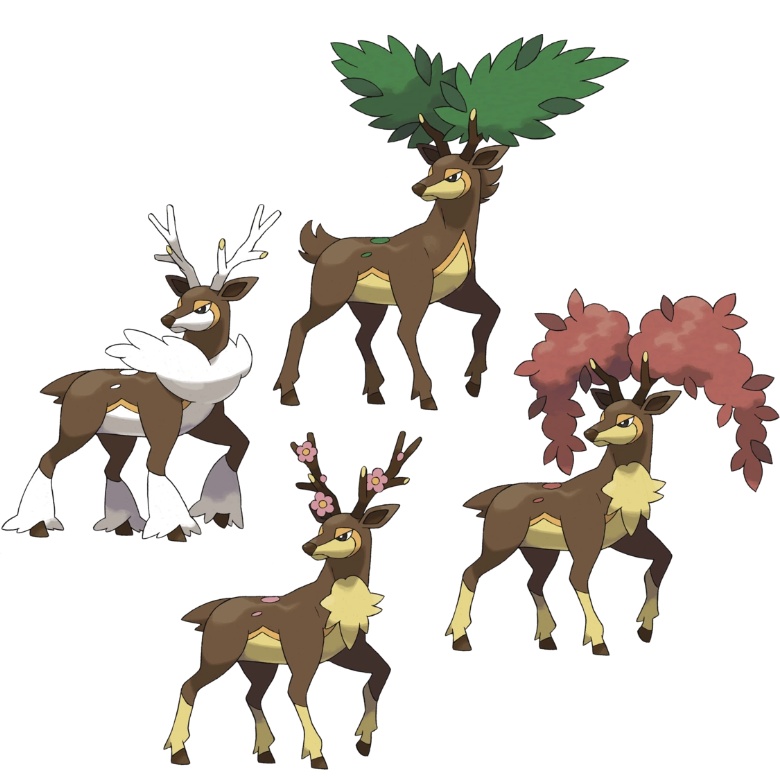
Having seasons in Pokemon was probably one of the most neutral mechanics Game Freak has introduced. The seasons don’t change a lot, meaning there aren't incredibly positive or negative effects. This game mechanic was introduced in generation five, and hasn’t returned since.
Unlike the real seasons, Pokemon seasons lasted a month. This meant that, if a trainer played for one year, they would experience summer, winter, spring, and autumn three times each. The seasons would affect the likelihood of in-game weather, the time in the day-night cycle, and some Pokemon’s encounter rates. The most drastic changes were with a few trainers and one specific Pokemon. Some trainers, like the post-game boss N, would have a different team each season. As for the specific Pokemon, Deerling and Sawsbuck are deer Pokemon that would change their appearance based on the season.
Seasons were an interesting idea, but they inherently couldn’t affect much. Even by shortening the seasons to a month, that is too long to have a major gameplay impact. It could become too confusing for players if a central game mechanic changed every month. This left the seasons feeling more like an aesthetic difference than a gameplay one.
9) Pokemon Contests
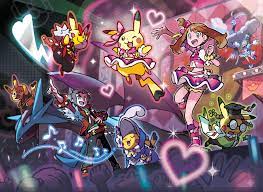
Pokemon Contests offered one of the series’ most unique challenges, especially considering its one of the few that wasn’t tied to battling. With so much Pokemon content centered on battles, Contests shine even brighter in generations three and four.
In these contests, Pokemon would compete in pageant-like competitions where the goal is to wow the crowd. Each move has a corresponding effect in a category, like beauty, toughness, or coolness. Trainers need to create a brand new moveset for their Pokemon to maximize their impact while also outshining their opponents. And there were multiple contests spread across their respective regions, likening these contests to gym battles.
Pokemon Contests were an entertaining concept, but their rules weren’t explained as well as battling. Additionally, in their introduction, they offered no actual rewards for winning. Pokemon Contests were interesting, but they could have been expanded on more.
8) Move Mastery
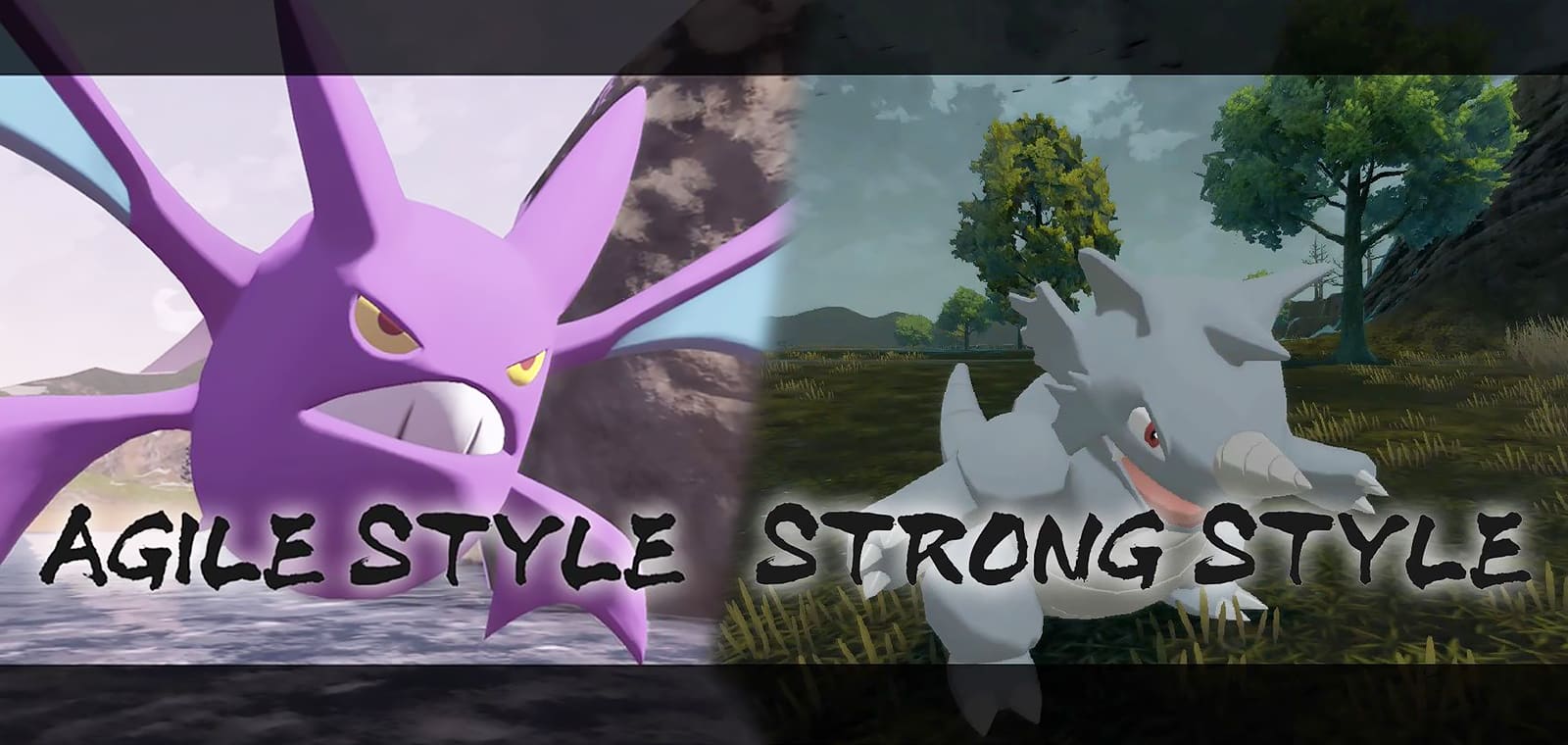
Pokemon Legends Arceus introduced a new mechanic for battles: Agile Style and Strong Style. When using Agile Style, a Pokemon’s attack is weakened, but they also may be able to attack twice in a row. Strong Style is the opposite, as a Pokemon’s attack power is increased, but their speed is lowered. Whatever style is used, the Pokemon’s PP usage is doubled. Additionally, a Pokemon must level up to learn mastery of a move it just learned.
Move Mastery is fun to use as a player, and ultimately does not affect much of the early game. It gives trainers a chance to use their wits to finish off enemies quickly. But Move Mastery becomes devastating when it’s used against you in the late game. The final bosses use combinations of agile and strong style to take multiple turns in a row, potentially even three. This can be frustrating, but perhaps it is fitting that the endgame is difficult.
7) Poke Amie
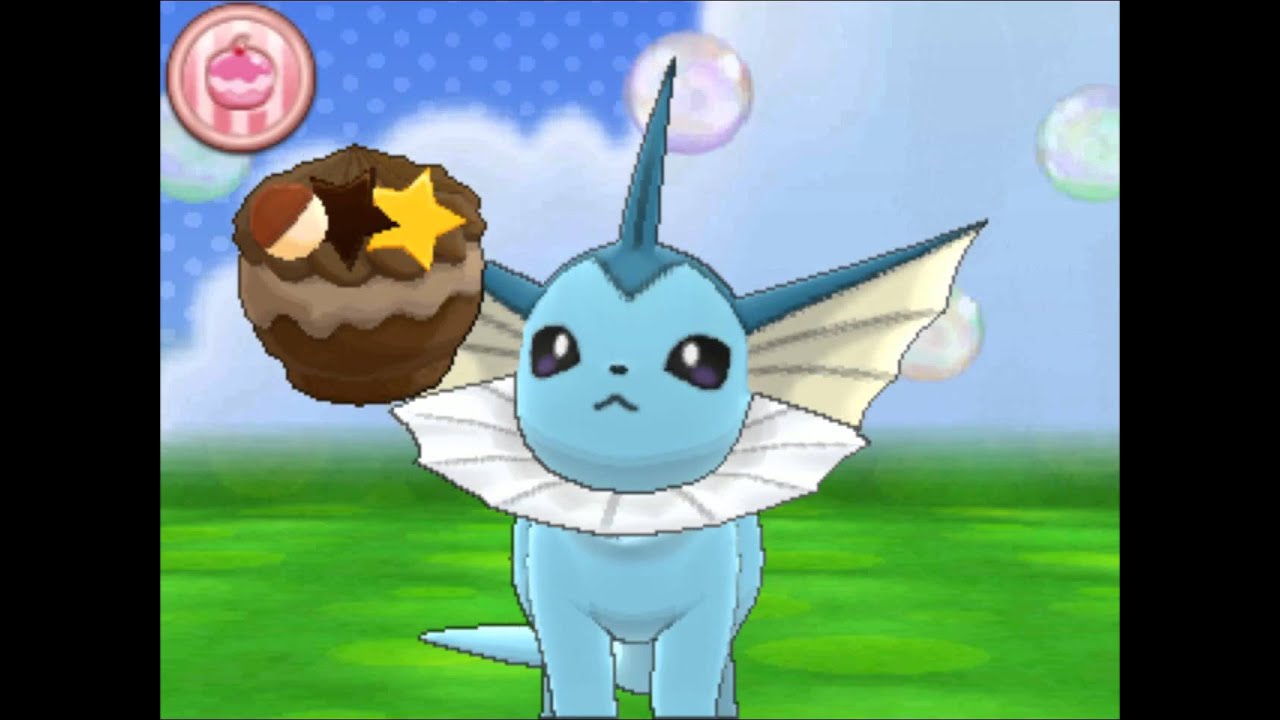
Every Pokemon game emphasizes how the real strength of a trainer comes from their bonds with their Pokemon. But for six generations, the game never delivered on that idea. Only in generation seven did Pokemon allow trainers to become friends with their Pokemon via Poke Amie.
Poke Amie allows trainers to interact with their Pokemon in various ways. The first thing most trainers will do is feed their Pokemon. Trainers are given a variety of Pokemon food that helps increase a Pokemon’s affection toward their trainer. Trainers can also pet their Pokemon with the stylus of the 3DS. Trainers will learn where their Pokemon prefer to be petted, where they don’t, and which parts of them will actually hurt the trainer. Finally, players can play minigames with their Pokemon, like bouncing a ball of yarn.
Poke Amie is incredibly wholesome, offering trainers a chance to play with Pokemon like you might with your pets. It even gives your Pokemon added benefits in battle. While some trainers may not want these bonuses, it can’t be denied how enjoyable it is to play with your partners and see their happy faces.
6) Z Moves

In the most recent generations of Pokemon, the one-off gimmicks have functioned like one-use power ups in battle. There have been four generations of these power up gimmicks, and Z Moves are the least exciting of those gimmicks.
If a Pokemon is given a certain crystal to hold in battle, they will be capable of using one incredibly strong attack, the Z move. Only one will be able to be used per battle. Some Pokemon are given unique Z moves, which result in a strong attack with a bonus effect.
Z Moves can make battles more tactical, as trainers need to anticipate when their opponent will go all out with a Z Move. A super-effective hit will almost always knock out a Pokemon, whereas ineffective hits may do more than half damage. While these moves have a function in battle, they aren’t very interesting in terms of aesthetics. Not many players have fond memories of Z Moves. And if your Z Move hits an immune Pokemon or doesn’t do much damage, it can feel like a waste. They have an interesting function, and make some fights more fun, but aren’t very memorable.
5) Inverse Battles

Introduced in the sixth generation, inverse battles quite literally reverse most of the basics of a Pokemon battle. All type match-ups are now inverse, meaning grass is good against fire, fire is good against water, and water is good against grass. nless they have a specific ability that grants immunities, there are no longer any types of immunities. Now the Steel type has too many weaknesses, and the Normal type is now one of the best.
Inverse battles were not used very much. In X and Y, there is only one trainer you can fight who uses inverse battle mechanics, and they can only be challenged once a day. Omega Ruby and Alpha Sapphire offer a little more, but not by a lot. And considering all 18 types suddenly need to be reversed, this battle style certainly confused some players. The lack of inverse battle content keeps these from ranking any higher, but they are an entertaining twist on the classic Pokemon formula.
4) Dynamax/Gigantamax

The Dynamax Phenomenon is found in the Galar region, in the eighth generation of Pokemon. Dynamaxing allows one Pokemon per battle to temporarily grow to a giant size, boosting its HP and move damage. Gigantamaxing is very similar, except that Gigantamax Pokemon have a new appearance and a signature move after being Gigantamaxed. With both Dynamaxing or Gigantamaxing, the effect only lasts three turns.
There’s something inherently amusing and interesting about a kaiju-style Pokemon battle, and Dynamax does allow that. It also allows for an increase in tactical thinking, similar to Z moves. Trainers need to decide when to use their Dynamax for the best effect, whether that is setting up a sweep early on or saving it for a Pokemon they just can’t get past otherwise. But trainers cannot Dynamax their Pokemon whenever they like; it is only possible in gym battles or certain boss fights.
Also, obtaining a Gigantamax form can be discouraging. Playing Pokemon Sword and Shield without the expansion pass means that the only Pokemon you can Gigantamax are ones caught in Raid Battles. You can't Gigantamax any Pokemon you've already caught unless it was caught in that Gigantamax form. With the DLC, trainers are able to hunt for items that can allow their Pokemon to obtain their sealed Gigantamax form, but that requires time in the game and money in real life. These negative factors make Dynamaxing not quite as fun as some other power-up gimmicks, but it still has its own charm.
3) Day/Night Cycles
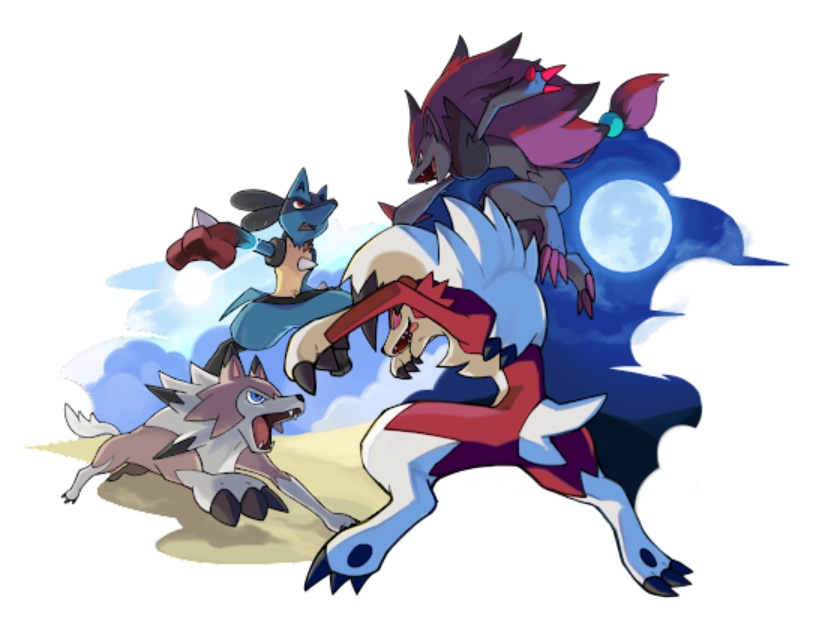
The day/night cycle was introduced in the second generation of Pokemon, but it was so successful that it resurfaced again and again throughout the series. It is perhaps Game Freak’s most successful gimmick in Pokemon, as it has lasted even in modern games like Legends Arceus or Scarlet and Violet.
The day/night cycle sounds simple, but it offers both aesthetic and mechanical differences in the games. Usually both day and night don’t last longer than a half hour, but in the Sun and Moon games, they are tied directly to the time in real life. The obvious effect is that at night, the scenery becomes darker. But it also affects which Pokemon trainers can encounter. Nighttime is the time when Ghost Pokemon come out. It also has bat Pokemon and other Pokemon based on nocturnal creatures. Pokemon can also evolve during specific times of day, like with the two eeveelutions introduced to help strengthen the day/night mechanic: Espeon, which evolves during the day, and Umbreon, which evolves at night.
The day/night cycle is very simple in concept, but extremely effective. It makes the games feel more realistic, as Pokemon mimic animals in nature. There is a good reason Game Freak has brought this mechanic back over and over again.
2) Terastal Phenomenon

The Terastal Phenomenon is the most recent power-up gimmick, introduced in Scarlet and Violet. As there will likely be additional content introduced as DLC for these games, the true nature of Terastallization is still a mystery.
When it Terastallizes, a Pokemon gains a jeweled crown and becomes covered in crystal. When Terastallized, a Pokemon gains a new type. Most wild Pokemon have a tera type that matches its natural typing, but Raid Pokemon have random tera types. And by completing raid battles, trainers can gather items to change a Pokemon’s tera type to a type of their choosing. Like similar mechanics, Terastallization only works for a single Pokemon per team and only lasts for a single battle. It can only be used once, and then needs to be refilled at a Pokemon center.
The Terastal Phenomenon isn’t very interesting visually, but it is one of the most interesting gimmicks in terms of game mechanics. Unlike most of the power-up gimmicks, there is no preimposed limit to which Pokemon can Terrastalize or which type they should become. The choice is completely up to the trainer. They might choose defensively, by picking a type that resists the Pokemon’s natural weaknesses. Terastallization can also be chosen offensively, allowing a Pokemon additional strength in new moves. Or they might simply choose to keep a natural tera type, letting the Pokemon gain increased strength in what it's already good at. If it were a bit more interesting aesthetically, Terastallization would easily be the best Pokemon gimmick.
1) Mega Evolution
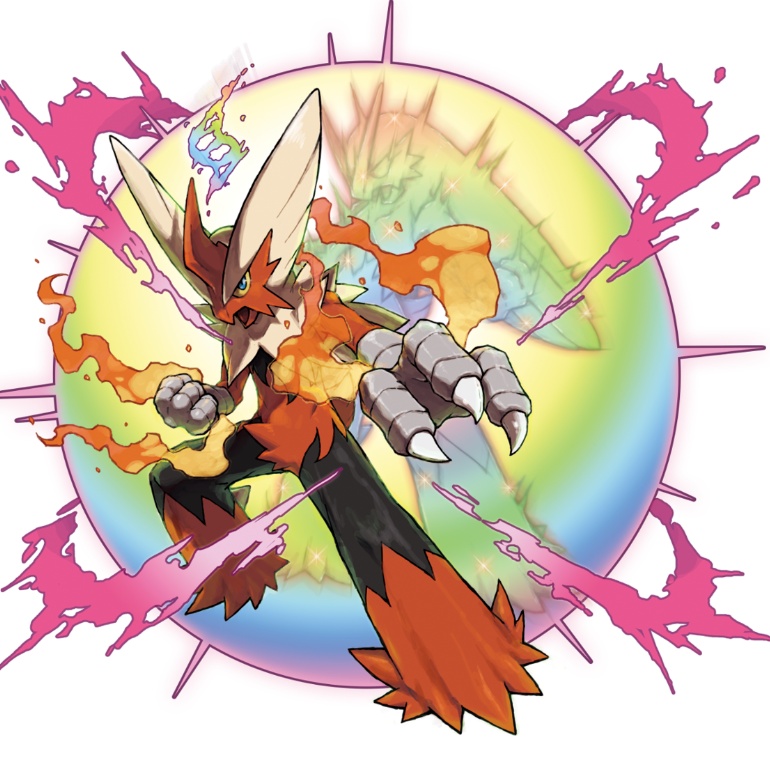
Mega Evolution is beloved by Pokemon fans, and it has earned its place at the top. Mega Evolution offers a strong compromise between creativity and function. Introduced in the sixth generation, Mega Evolution served as a temporary evolution for a lucky group of Pokemon chosen by Game Freak.
By holding a mega crystal in battle, a Pokemon can be Mega Evolved into a new form, which can include higher stats, new abilities, and type changes. Like these other power-up mechanics, only one Pokemon per team can Mega Evolve, and they revert back to their usual form at the end of the battle.
Mega Evolution is relatively simple as a game mechanic and allows for new uses of older Pokemon. What’s even more appealing is that older Pokemon are given brand new designs and more emphasis, especially those that may have been forgotten. The only real downside of Mega Evolution is that not all Pokemon have it. Game Freak only chose a handful during Mega Evolution’s time, and then it was phased out. Many trainers are still hoping that Game Freak will bring Mega Evolution back and give their favorite Pokemon a new powerful form.
You may also be interested in:
- Log in or register to post comments
 Home
Home PC Game Trailers
PC Game Trailers News
News Menu
Menu


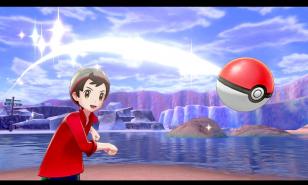
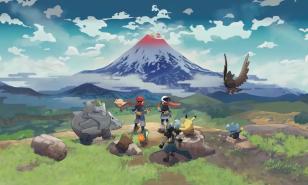

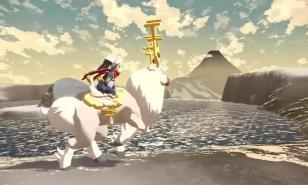

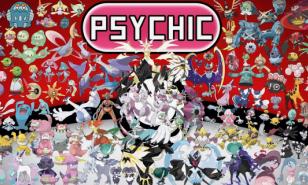

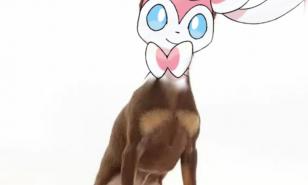

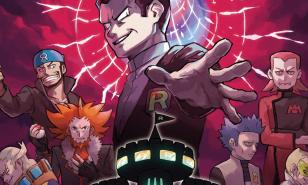


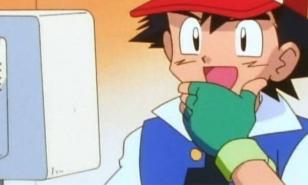

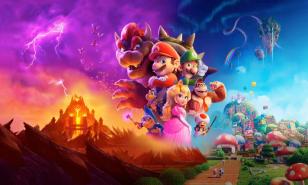
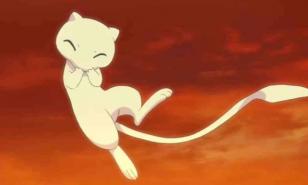
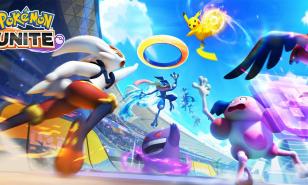
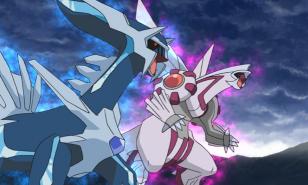
![[Top 10] Pokemon Scarlet & Violet Best Fire Types (Ranked) Best Fire Type Pokemon Scarlet & Violet](https://www.gamersdecide.com/sites/default/files/styles/308x185-scale-crop--more-top-stories/public/screenhunter_99_20.jpg)
